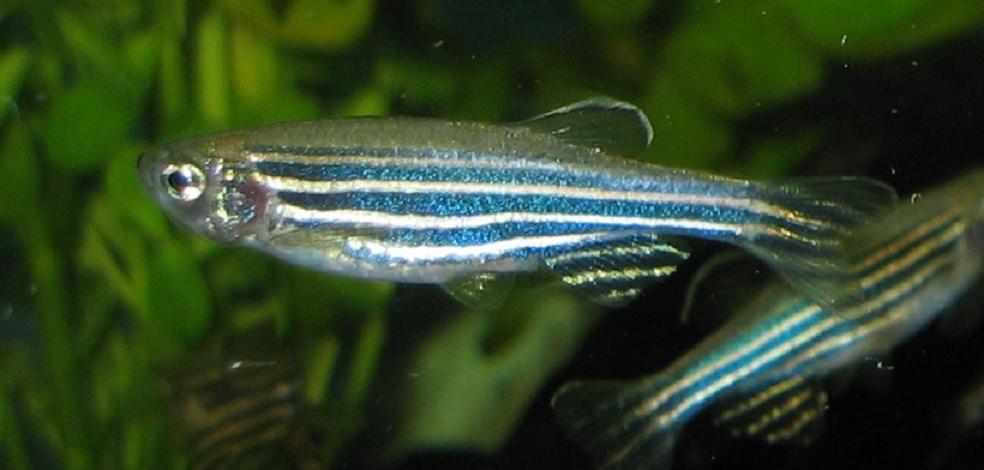Fish farming and aquaculture fish has already been identified as one of the key businesses today for meeting the global sea food demands. It not only takes pressure off from the wild fish stock, but also generates a profit for the fish farmers around the world. Developing new technologies to improve fish production and to increase profit as well as to conserve wild fish stocks have also become necessary to meet the global demands for protein.
As the population of the world increases, the need for fresh aquaculture fish will also increased with time, as we transition into the next decade, when finding new sources of food and energy will become a key factor for our sustainability, as well as businesses, because sustainability will become necessary for all businesses.
Wild fish stocks have been over exploited in the recent years, and the pressure is growing in restoring the natural ecological balance. More and more fish is coming from aquaculture fish farms today than fisheries that catch wild fish from the oceans. Will the modern technology have an effect on how fish is produced in the future?
We know that genetically engineered organisms or GMO have been found profitable in many cases because they grow fast and become resistant against diseases. However, recent studies show that there are dangers associated with transgenic fish.
Transgenic fish
By genetically modifying the DNA of a fish, it can have a new trait that makes it grow faster or have other traits that it would not naturally have. GMO fish is often used in scientific studies. They can also revolutionize the way commercial fish farming is done. Recent researchers and studies are showing that there are dangers associated with genetically engineered fish farming.
Recently, a study has been conducted in Sweden that concludes that genetically engineered fish or transgenic fish should be kept in closed systems so that they don’t escape into nature. Some of these fish has been genetically modified or the DNA of the fish has been furnished with genes of other organisms to make it grow faster and have resistance against diseases. Fish can also be genetically modified to cope with extreme weathers such as cold, and can be bred at cooler temperatures.
Although GMO fish can be beneficial for the fish farmers, the consequences of GMO on nature and environment can be far reaching. Fredrik Sundström, a Swedish Zoologist at the University of Gothenburg has stated that growing transgenic fish can have undesirable effects on the environment.
How GMO fish affect the consumers
 GMO fish may be fast growing and more resistant to disease, environment, or toxicity of the water. But introducing unnatural elements in the food chain will ultimately affect all organisms in the ecology, including us, humans, because we would be eating them. For example, if the fish is more resistant to toxic elements in the environment, it could accumulate toxins in its body that could end up in our body as we consume them. There are also concerns about the higher levels of growth hormones given to the fish or other farm animals because it also affects us as consumers. Therefore, genetically modified food should be treated with precaution.
GMO fish may be fast growing and more resistant to disease, environment, or toxicity of the water. But introducing unnatural elements in the food chain will ultimately affect all organisms in the ecology, including us, humans, because we would be eating them. For example, if the fish is more resistant to toxic elements in the environment, it could accumulate toxins in its body that could end up in our body as we consume them. There are also concerns about the higher levels of growth hormones given to the fish or other farm animals because it also affects us as consumers. Therefore, genetically modified food should be treated with precaution.
Consider if the genetically modified fish is to escape the fish farm and grow naturally at surrounding waters, they would have better chance of survival against naturally growing fish because of their greater resistance against extreme temperatures, shortages of food and would grow faster compared to natural fish. This is because genetically modified fish will have an advantage over regular fish and will be able to covert food faster, making them easier to compete against other fish.
How safe is it to use transgenic fish?
Transgenic fish would have an advantage over naturally grown fish and would outgrow in numbers faster. It has not been cleared yet by scientists about the concerns and environmental issues related to GMO fish. Whether or not GMO fish should be bred freely is also under question. However, one thing has been made clear by the scientists that modified genes and growth hormones introduced in the food chain can be dangerous to the environment, and also to humans. Scientists are almost certain that if a farmer chooses to produce and raise GMO fish in his farm, the fish farm should be on land, away from natural water sources, making it impossible for the fish to escape.
Please click here to watch our webinar on aquaculture and learn more about aquaculture fish farming.
P.S – Don’t forget to share this article.
Source: WorldWide Aquaculture






